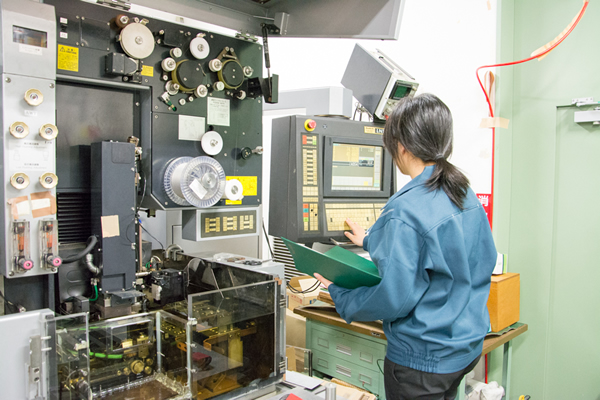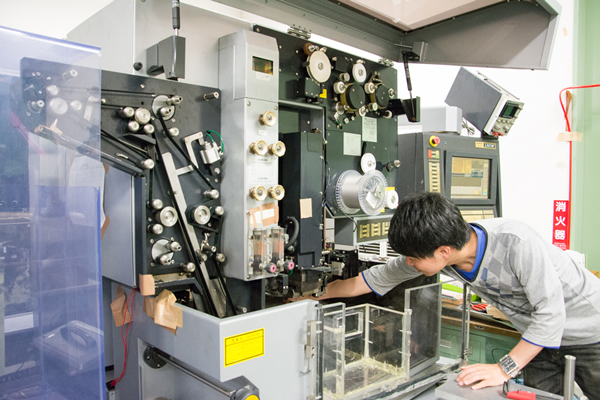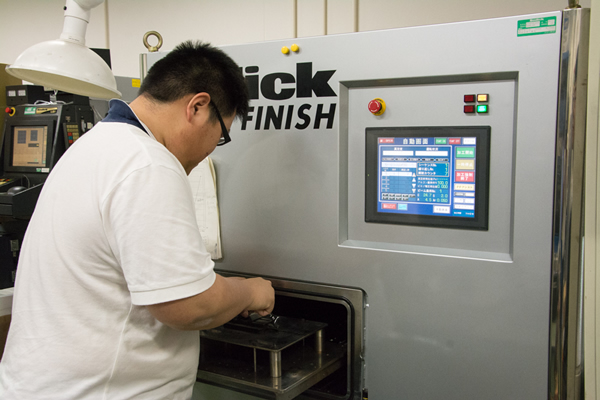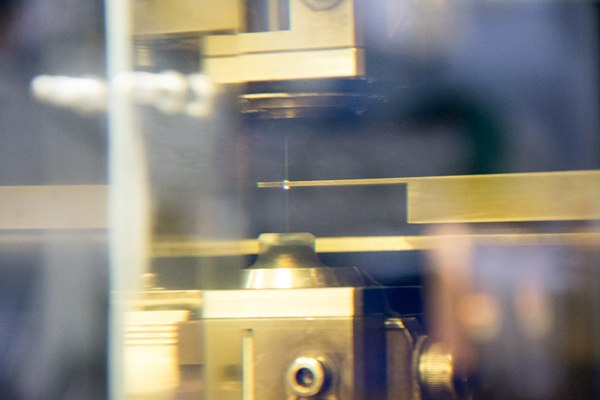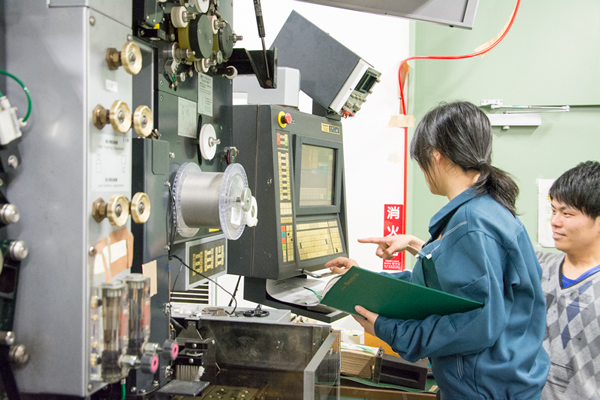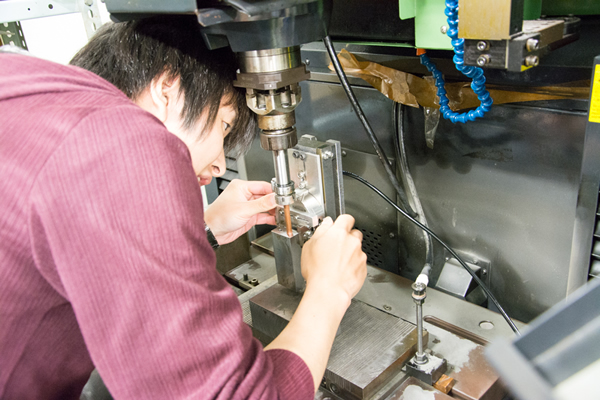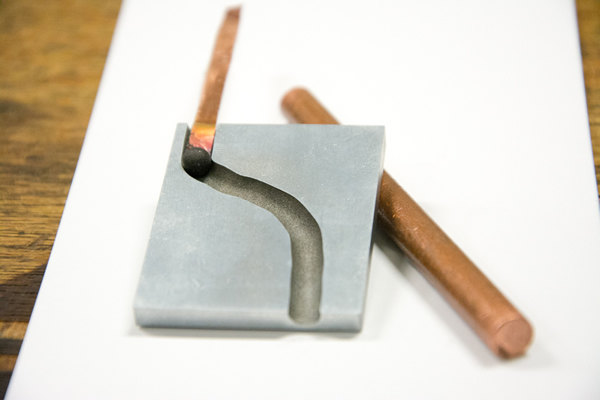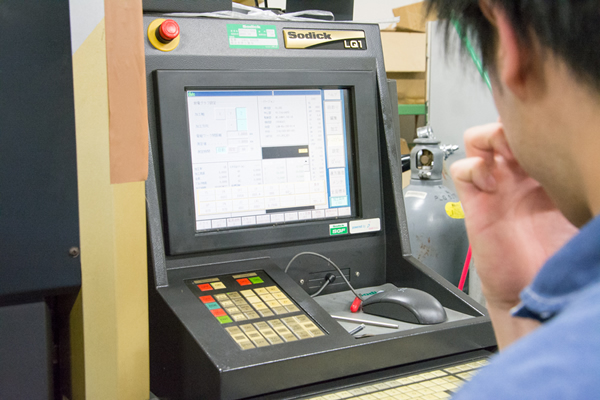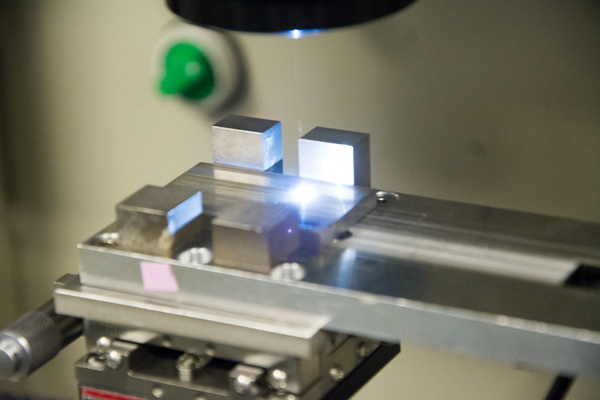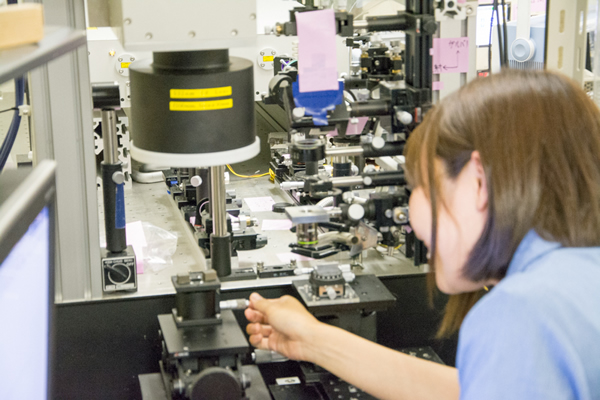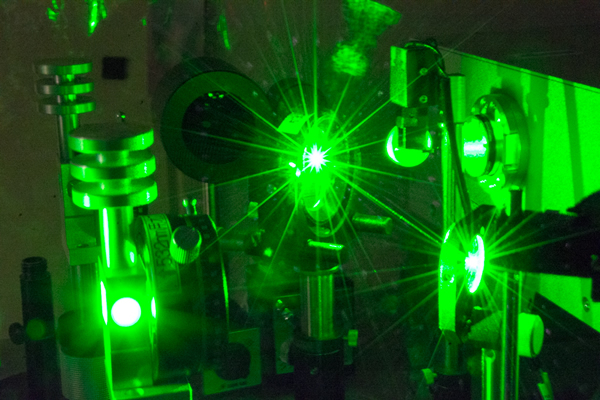Nontraditional Machining
Along with the rapid progress of industrial technology, various new materials with excellent properties have been developed. Most of these materials are difficult to machine by the conventional mechanical methods, and the demand for machining of fine complicated shapes has been increased.
Our laboratory therefore is researching on high-performance and high-functional nontraditional machining methods, such as Electron Discharge Machining (EDM), Electron Beam Machining (EBM), and Laser Beam Machining (LBM) with using electric, electronic, optical energies. In addition, we are developing novel machining methods for the next generation.
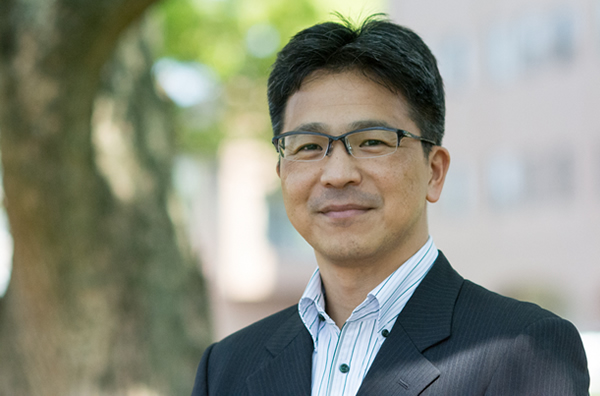
Akira OKADA
Professor
Study on High-performance Electrical Discharge Machining
Spark distribution, debris movement, wire deflection and vibration during electrical discharge machining (EDM) process are clarified by high-speed observation and by simulations including computer fluid dynamics and structural analysis. Based on these results, improvement in EDM characteristics are discussed for high-performance EDM technology. In addition, novel EDM applications, such as curved-hole EDM drilling, multi-EDM slicing of silicon and silicon carbide, and surface functionalization by EDM are studied.
High-efficient Surface Finishing and Modification of Metal Surface by Large-area EB Irradiation
New EB irradiation method with a 60mm-diameter beam was recently developed by our research group, and wide metal surfaces can be simultaneously melted in a few micro seconds by using this method. High efficient surface finishing, EB polishing for various materials is investigated experimentally and theoretically. New applications of the EB polishing, such as micro-deburring, edge rounding, surface modification are also discussed.
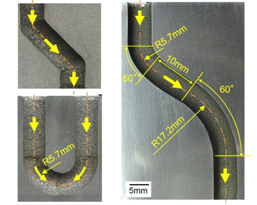
Fig.1 Fabrication of small-diameter curved holes by EDM with suspended ball electrode
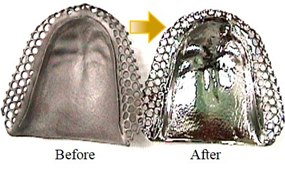
Fig.2 Surface finishing of metal denture made of titanium alloy by EB polishing
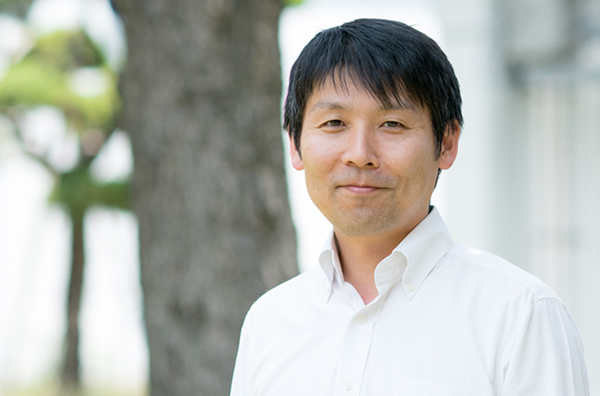
Yasuhiro OKAMOTO
Associate Professor
Specialized fieldLaser beam machining, Electrical Discharge Machining
Laser micro-processing of transparent material
High-power pulsed laser can absorb its photon energy at focusing area even in the case of transparent material. Formation method of micro-modified area and micro-joining of transparent materials have been developed by using spatial selective laser absorption of ultrashort pulsed laser (10-11 ? 10-13 second). Spatial selective micro-processing of transparent material can open new strategies of material processing by ultrashort pulsed lasers.
Multi-wire EDM slicing method of brittle materials
Silicon and silicon carbide have been used for substrates of photovoltaic panel and integrated circuit, and they are required to slice thinner than 1mm thickness to use material effectively. However, brittleness of these material like a stone makes it difficult to manufacture thin wafers. Therefore, novel slicing method of brittle material has been developed by using electrical discharge pulses and multi-wire driving system.
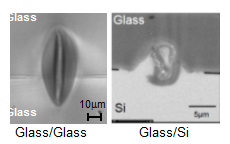
Fig.1 Joining of glass/glass, glass/Si
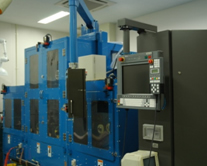
Fig.2 Multi-wire EDM slicing equipment
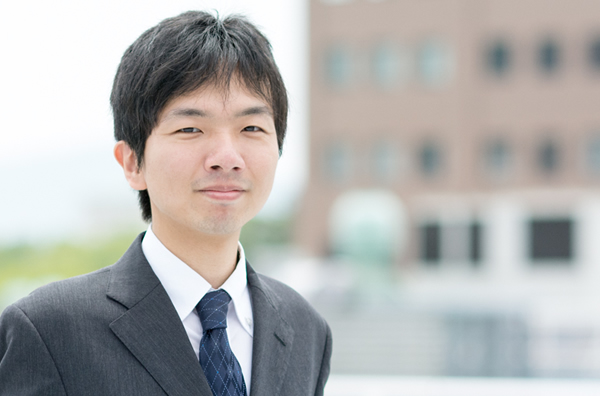
Togo SHINONAGA
Assistant Professor
Specialized fieldLaser beam machining, Electron beam machining
Creation of new functional biomaterials by control of shape change with ultrashort pulsed laser
Pure Titanium (Ti) and Ti alloys are the most used biomaterials. However, they have problem for bioactivity, because metals have no biofunction. Therefore, adding new function to them is necessary. One method to add new function is the creation of periodic nanostructures on the biomaterial surfaces, which can control cell spreading. Ultrashort pulsed laser is one of the useful tools for creating periodic nanostructures, which can be created on metals and semiconductors. Control of shape change of the nanostructures is investigated by changing laser parameter. Moreover, influence of surface morphology on cell spreading is also investigated.
Study on clarification of shape change in large-area electron beam irradiation
When workpiece has complex shapes, corner tip is often rounded by large-area Electron Beam (EB) irradiation. Excessive corner rounding of workpiece leads to deteriorate shape accuracy of the products. Prediction of rounding phenomenon is important for higher performance and wide application of this large-area EB method. The shape change of workpiece is experimentally investigated and analyzed by electron track and unsteady heat conduction analysis.
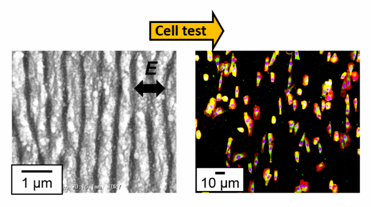
Fig.1 Control of cell spreading by periodic nanostructures formation
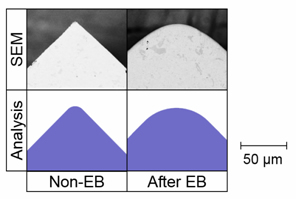
Fig.2 Prediction of shape change after large-area electron beam irradiation

